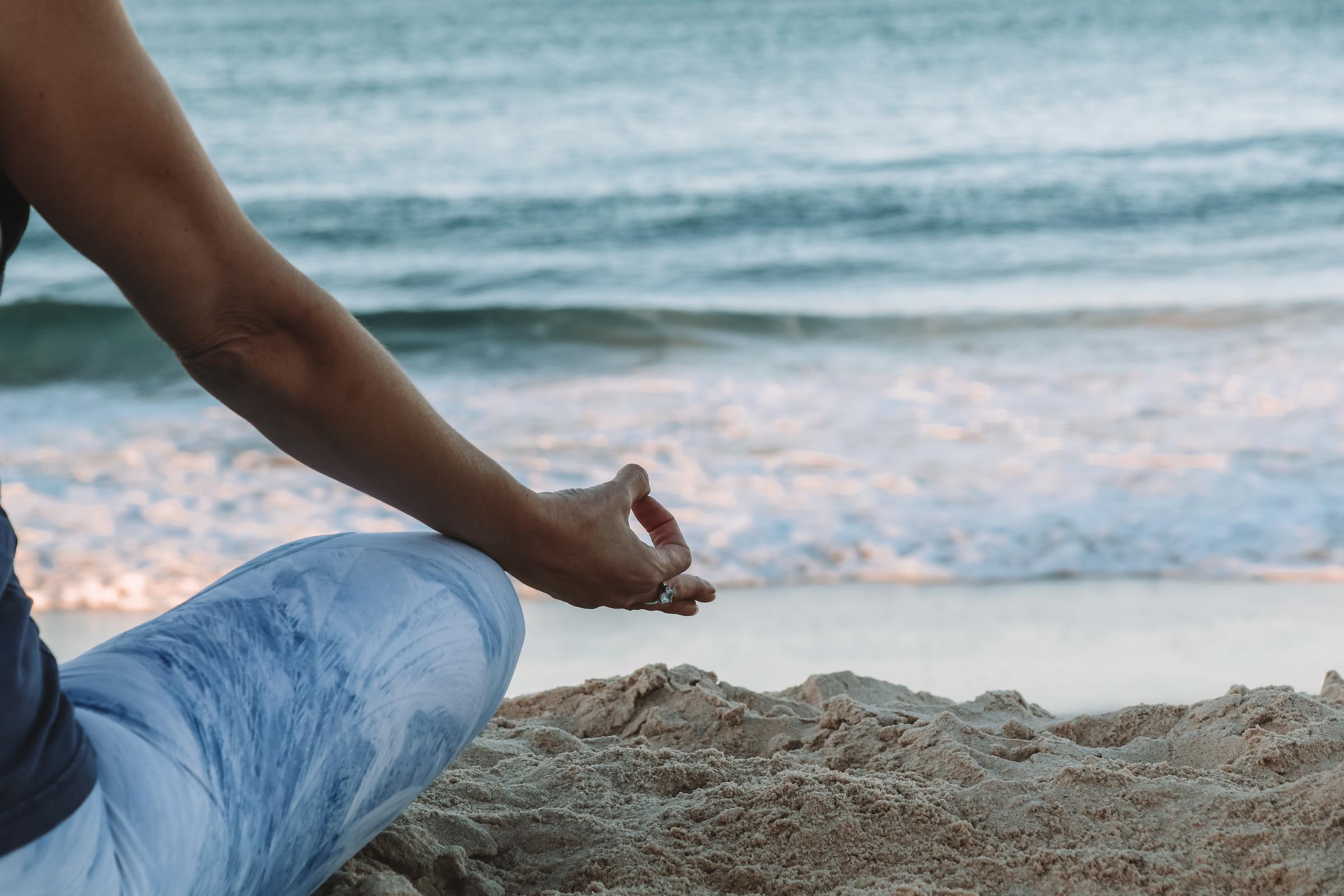Mindfulness

What is it?
Many people think that mindfulness is ‘clearing your mind’ or ‘stopping your thoughts’. However, this is a misconception. Rather, mindfulness is simply observing your experiences, with curiosity and without judgement. This means being present with our thoughts and feelings and allowing them to exist without trying to resist or ‘get rid’ of them.
What does the research say?
There is a wealth of research out there, which says that engaging in mindfulness can improve our health and wellbeing. More interestingly, research from Boston University has shown that mindfulness can change our brain activity! Functional magnetic resonance imaging (fMRI), which records brain activity, has shown that engaging in mindfulness can lead to changes in our brain patterns, even when we are not meditating. These changes occur in the part of the brain called the amygdala. The amygdala is the part of our brain that activates our anxiety and fear emotions, telling us to be afraid of something. According to neuroscience research, mindfulness can dampen activity in our amygdala. This means we are more likely to be less reactive to stressful situations and we can recover better from stress when we experience it. Pretty amazing!
How can I practice it?
There are many ways you can practice mindfulness! Mindfulness practices can be formal or informal.
Formal Mindfulness: This is when we set some time aside a block of time to engage in mindfulness. Some great apps that have formal mindfulness practices include:
- Smiling Mind
- Headspace
- Calm (requires a subscription)
Informal Mindfulness: Informal mindfulness is when we weave mindfulness into our existing routines; we lead busy lives, so it is sometimes hard to find the time to do formal mindfulness practices. During informal mindfulness, we should try to really pay attention and focus on what we are doing (noticing the body movements, the taste, smell, sight, touch, temperature, etc.
Some ideas may include:
- When brushing your teeth: notice the taste of the toothpaste and how it changes, notice the temperature and the sensation of the bristles against your teeth and gums, notice the smell of the toothpaste. When your thoughts come up, bring your attention back to brushing your teeth.
- When you shower: notice the sounds of the water as it spits out of the nozzle and as it hits your body then gurgles down the drain. Notice the temperature and feeling of the water in your hair, on your shoulders and as it runs down your back. Notice the smell of the shampoo and soap!
